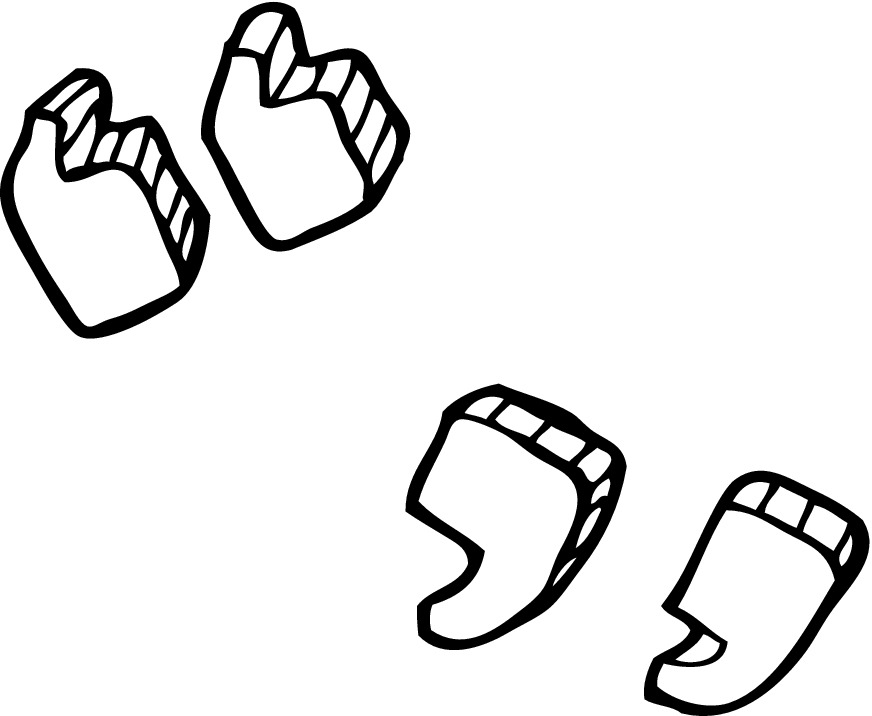Using Direct Speech
Direct speech is when the words spoken by somebody are written inside inverted commas.

Inverted commas are the fancy name for speech marks.
Read the sentence below:
“I can’t wait to go on holiday!” exclaimed Beth.

The words spoken by Beth are the direct speech and these go between inverted commas.
We must put a comma, an exclamation mark or a question mark before we close the direct speech. You must decide which punctuation suits the words being said.
As Beth is exclaiming how excited she is, there’s an exclamation mark (!) before the direct speech is closed by inverted commas.
A capital letter must be used at the start of the direct speech.
The reporting clause in this sentence is exclaimed Beth and we can move this to the start of the sentence to look like this:
Beth exclaimed, “I can’t wait to go on holiday!”
If the reporting clause goes at the start of the sentence, we must put a comma afterwards.
In this activity, you’ll be punctuating direct speech. Remember the rules from this introduction to help you.
If you need to read the rules again, just click on the red help button on the screen to be shown the introduction again!








